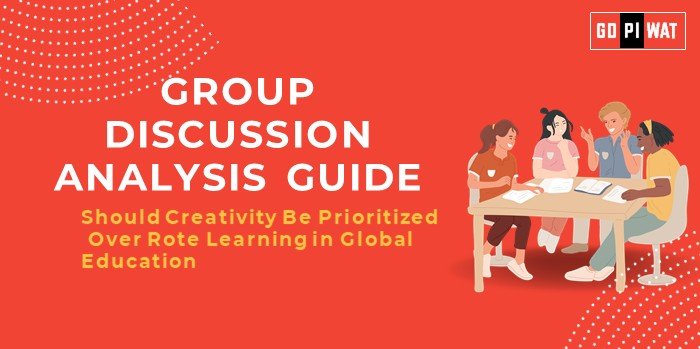📘 Should Creativity Be Prioritized Over Rote Learning in Global Education?
🌟 Introduction to the Topic
Opening Context: “The debate between creativity and rote learning has become a cornerstone of educational reform discussions globally, particularly in an age where innovation drives economic and social development.”
Topic Background: Originating from traditional educational practices, rote learning emphasizes memorization, whereas creativity fosters problem-solving and innovation. The growing demand for adaptable, critical thinkers has shifted the focus of education towards creative methodologies.
📊 Quick Facts and Key Statistics
💼 Critical Thinking in Job Listings (2024): 73% of top global employers prioritize critical thinking skills.
🧠 PISA Performance (2022): Countries emphasizing creativity like Singapore excelled in problem-solving assessments.
📈 Education Spending on Creative Curricula: UNESCO reports a 22% increase globally from 2020-2023.
👥 Stakeholders and Their Roles
- 🏛️ Governments: Implement policy reforms encouraging creative pedagogy.
- 🏫 Educational Institutions: Integrate project-based learning and critical thinking exercises into curricula.
- 🎓 Students: Adapt to diverse learning styles to maximize potential.
- 💼 Employers: Demand creative problem-solving skills in the workforce.
- 🌐 International Organizations: Support through frameworks like UNESCO’s Education 2030 Agenda.
🎯 Achievements and Challenges
🏆 Achievements
- 📉 Finland’s model has reduced dropout rates to below 5%.
- 📚 Project-based learning in the U.S. improved retention rates by 25%.
- 😊 Schools with creativity-focused curricula report 18% higher student satisfaction.
⚠️ Challenges
- 🛑 Resistance to change in traditional education systems.
- 🌍 Resource gaps in low-income countries.
- 📏 Assessment challenges for creative learning outcomes.
🌏 Global Comparisons
- ✅ Success: Singapore’s holistic approach combines academic rigor with creativity.
- ❌ Challenge: India struggles with implementation due to large student populations and resource constraints.
⚖️ Structured Arguments for Discussion
Supporting Stance: “Creativity enhances innovation, adaptability, and long-term success.”
Opposing Stance: “Rote learning provides a foundation for essential knowledge retention.”
Balanced Perspective: “Both approaches have merits, but creativity ensures relevance in a rapidly changing world.”
🗣️ Effective Discussion Approaches
- Opening Approaches:
- 📊 Use statistics highlighting global success of creative systems.
- ⚖️ Present contrasting outcomes between rote-focused and creative systems.
- Counter-Argument Handling: “While rote learning ensures foundational knowledge, creativity drives real-world application and innovation.”
🔍 Strategic Analysis of Strengths and Weaknesses
- Strengths: Encourages innovation, improves engagement, aligns with modern job demands.
- Weaknesses: Implementation challenges, resistance to change, assessment difficulties.
- Opportunities: Technology integration, global cooperation, increasing funding.
- Threats: Resource inequality, outdated policies, lack of teacher training.
🎓 Connecting with B-School Applications
- 📚 Real-World Applications: Creativity-centric approaches align with managerial problem-solving and innovation.
- 💼 Sample Interview Questions:
- “How can rote learning and creativity coexist in education?”
- “Discuss an example where creative education transformed outcomes.”
- 💡 Insights for B-School Students: Leverage creativity to address business challenges, foster innovation, and lead transformative projects.


